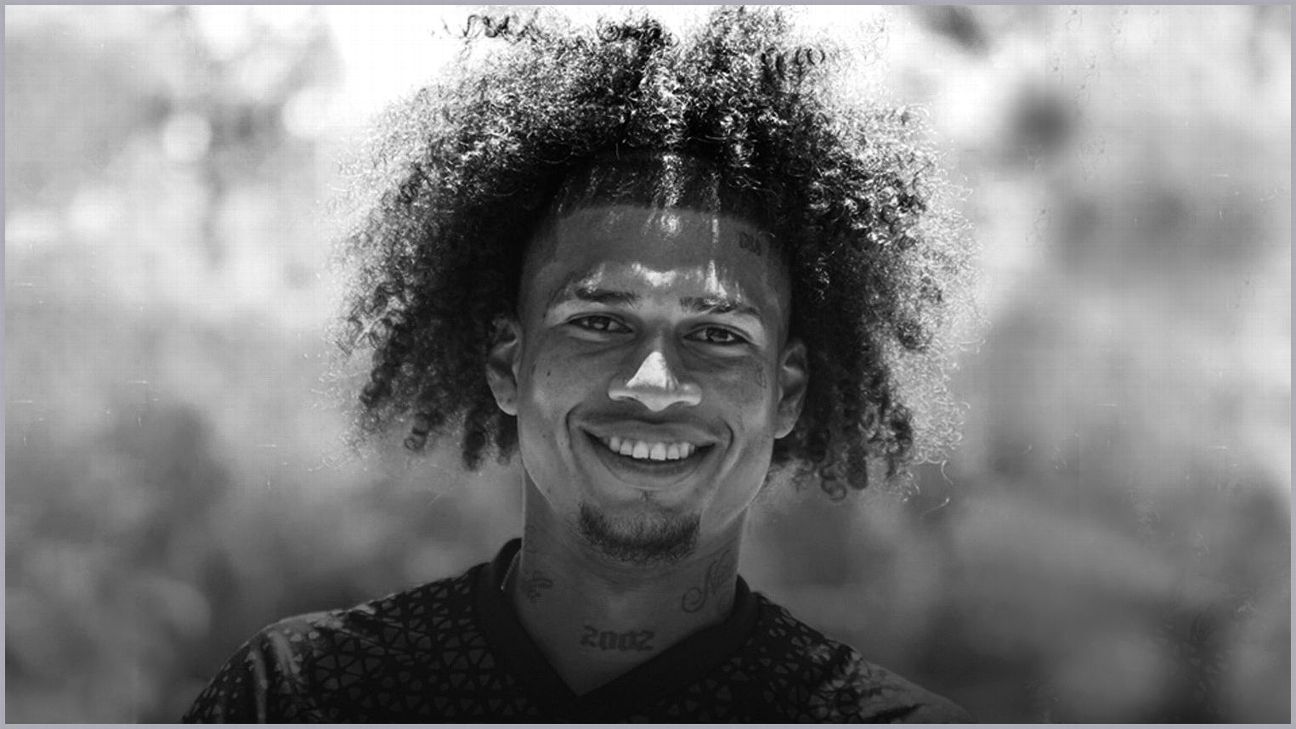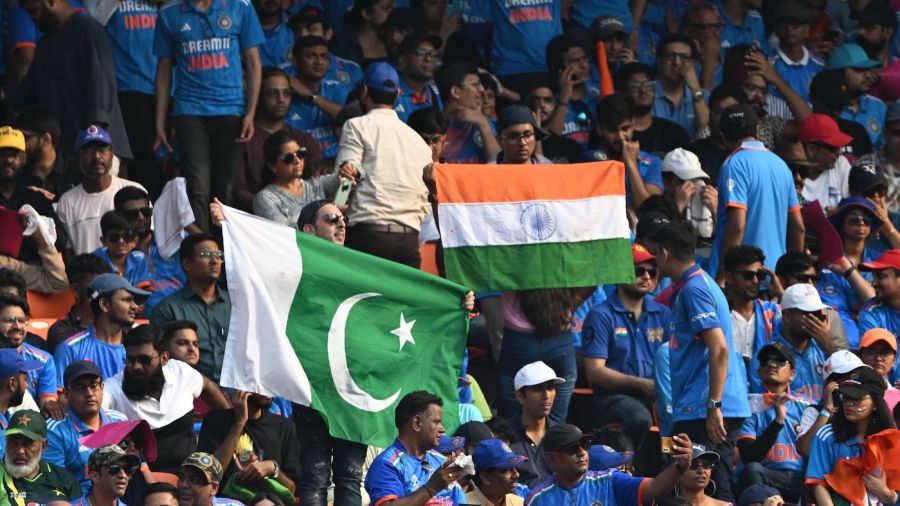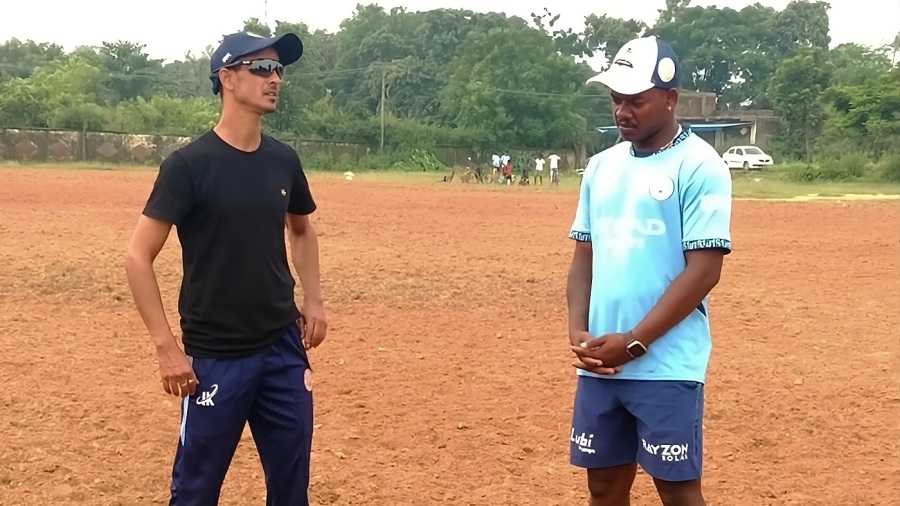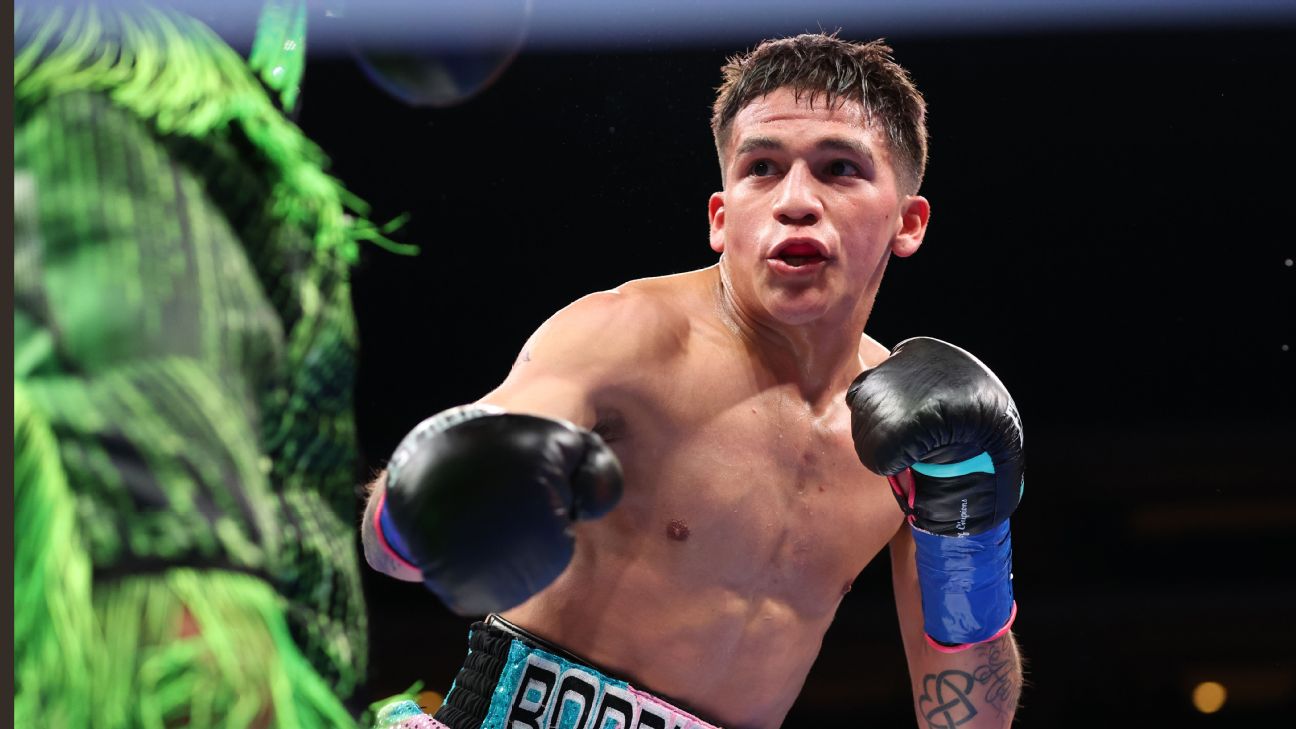![Roki Sasaki [608x342]](https://a.espncdn.com/photo/2024/1108/r1412035_608x342_16-9.jpg)
Mike Tyson Biography record fights and more
Roki Sasaki is coming to MLB! In a decision sure to rock this offseason, the Chiba Lotte Mariners of Japan's NPB announced they plan to post their 23-year-old star pitcher, allowing the ace to join the majors for the 2025 season.
One of the most notable pitchers on the planet since he was a teenager, Sasaki has dominated in Japan's best league -- and on the big stage of the World Baseball Classic -- since 2021. He immediately becomes the No. 2 free agent in my offseason rankings (behind only Juan Soto).
Just how good is Sasaki? When could he sign -- and for how much? And which teams are shaping up as the favorites to land him?
Let's dig in as an ace gets added to the top of this year's free agent class.
How good is Sasaki?Really, really good -- and he isn't even a finished product yet. Sasaki became famous for hitting 101 mph in high school and then breaking the Japan NPB record with 19 strikeouts in a perfect game when he was just 20 years old.
From a stuff perspective, Sasaki ranks near the top of the scale. In the 2023 NPB regular season, his fastball averaged 99 mph with above-average ride/lift and run/tail. His best off-speed pitch is a devastating splitter that is one of the best on Earth. Because his splitter doesn't have the heavy arm-side run of most, he can use it effectively against both right- and left-handed hitters. Sasaki's third-best pitch is his slider, a plus offering in 2023 that he used almost exclusively against right-handed hitters. He also probably has room to add a new pitch or two to his three existing offerings, be it a splinker like Paul Skenes picked up in the minors or something softer like a curveball for early in a count -- or maybe both.
That's three plus to plus-plus pitches, and Sasaki's walk rate suggests above-average control (though his command is a bit behind that). But one important note: Those numbers were all from 2023. Sasaki's stuff was down this year (2 mph of fastball velocity and less movement, roughly 4 mph of slider velocity) and it's not totally clear why. He missed a couple months with an unspecified pitching arm injury, so natural speculation among international scouts is that he may have been limited by whatever that issue was. Given Sasaki's heavy workload in high school and top-of-the-scale velocity, you can imagine why MLB teams would like some clarity on this situation.
It could also be that Sasaki was battling some minor discomfort and overcompensating mechanically, and he might just need a full offseason to get right and some coaching next spring on how to dial things back in to return to that top form. If that's the case, he would once again be one of the best pitchers on the planet -- and he just turned 23 years old earlier this month. That would put him head-to-head with Paul Skenes as the best young pitcher in MLB and among the best young arms in recent memory.
What's his contract situation?According to NPB posting rules, any player who comes over before he turns 25 is limited to a minor league deal with a signing bonus coming from a team's remaining international bonus pool (capped at just over $7.5 million)t. Shohei Ohtani went through a similar process in the 2017-18 offseason and signed for $2.315 million with the Angels in December 2017.
If he waits until he turns 25 years old (for Sasaki, that would be after the 2026 season), he would become eligible for a major league free agent contract like the 12-year, $325 million deal Yoshinobu Yamamoto got from the Los Angeles Dodgers last winter.
From the outside it might seem like an easy decision to wait two seasons and get a Yamamoto-sized deal, but there are reasons that arriving in the majors sooner could be appealing: the possibility for substantial endorsement earnings and the hope of getting an Ohtani-esque payday by hitting free agency at a younger age in seven years.
Since it appears Sasaki is intent on getting to the United States this winter, when he actually signs will have a significant impact on how much he can get. The current international signing period ends on December 15, and next year's begins on January 15, with a posting period of up to 45 days. Signing early would limit his bonus to whatever teams have in this year's international pool: The biggest remaining pool is roughly $2.5 million; the team with the third-most pool space left has about $1.5 million, and only six teams have at least $1 million.
If Sasaki comes over after Dec. 15, team bonus pools reset. The totals for next year's pool start at $7,555,500 and end at $5,146,200. Every team has verbal deals of varying bonus sizes in place with international prospects for the next period, but Sasaki is such a singular talent that the expectation is any interested team would break many, or even all, of their verbal deals to give Sasaki as much of their pool as possible. This would come at a cost: angering the trainer/agents of those players they have deals in place with and even the possibility of drawing lawsuits to that end, but that would be the price of getting a $200-plus million-dollar value in signing Sasaki for the next six seasons.
The timing of posting also impacts his Japanese club. Yamamoto's NPB team Orix got a $50.6 million posting fee from the Dodgers, a total derived from the $325 million contract figure. Sasaki's NPB club Chiba Lotte would get a 25% fee from the MLB team that signs him this offseason, which would increase if he waits until January to sign for the larger deal (it still couldn't be more than $1,888,875).
So why would Chiba Lotte post him? We don't know for sure in this instance, but it is somewhat common for players to have handshake deals with their NPB club about when they will be allowed to be posted. That kind of arrangement is even more common with top high school prospects who had leverage when they signed their first pro contract. Sasaki certainly had that, as the most celebrated Japanese high school prospect in a long time. It's unknown if Sasaki has a handshake deal with Chiba Lotte, but we do know that he asked to be posted last year (the team declined his request), so we know this is what he wants.
Who could sign him?The short answer is: Any team, but the Dodgers seem like the one to beat.
Sasaki is heavily rumored to prefer the Dodgers for all the reasons Yamamoto was presumed to: West Coast, loaded team, Japanese teammates, top-notch development, major market, etc. In a world where the amount of money each team can offer is a secondary concern, this becomes a college-style recruiting pitch, rather than the typical free agency bidding war, and the Dodgers might have the best pitch in baseball.
As I mentioned above, the MLB team with the most to spend in the current international period has about $2.5 million available. Yep, that's the Dodgers -- and that's not an accident. On the other hand, I said the lowest pool in the next period is $5,146,200. That's also the Dodgers, penalized due to their CBT payroll and for signing a player who had turned down the qualifying offer from his original team last offseason: Shohei Ohtani.
There has also been chatter in the scouting community that Sasaki's personality and background mean he might be better suited or more interested in a smaller market. You could argue the Dodgers are so loaded that Sasaki wouldn't get as much attention as if he went to a team where he would become the marquee addition.
I'm told that the Baltimore Orioles, New York Yankees and San Francisco Giants have the next-biggest pools in the current international period, respectively (those totals aren't publicly available). It could help the case for Baltimore and San Francisco if Sasaki is posted soon, but it seems more logical that Sasaki would be posted after Dec. 15. By simply waiting an extra month or two, he can make himself (and Chiba Lotte) more money and will have more viable options.







